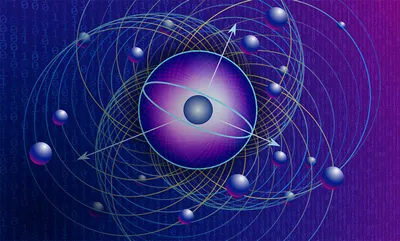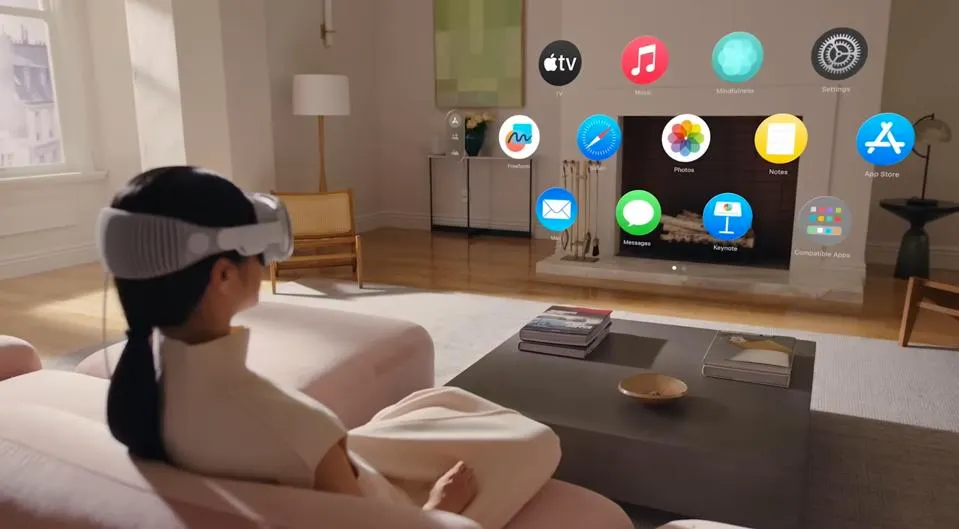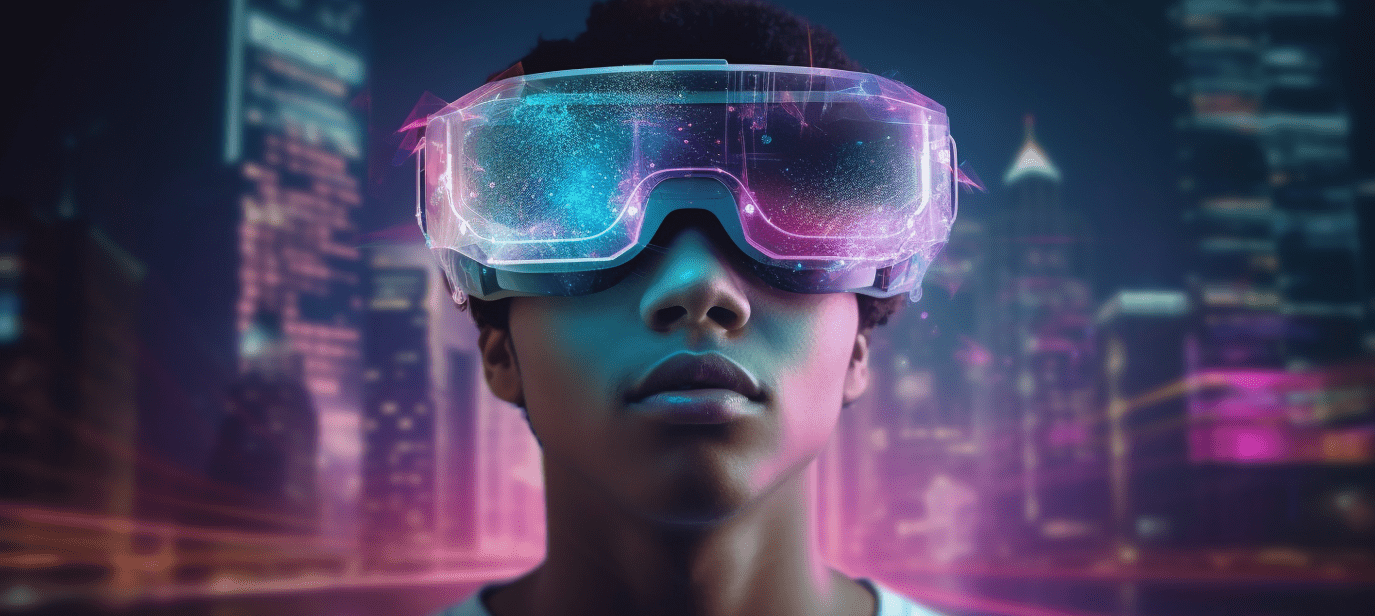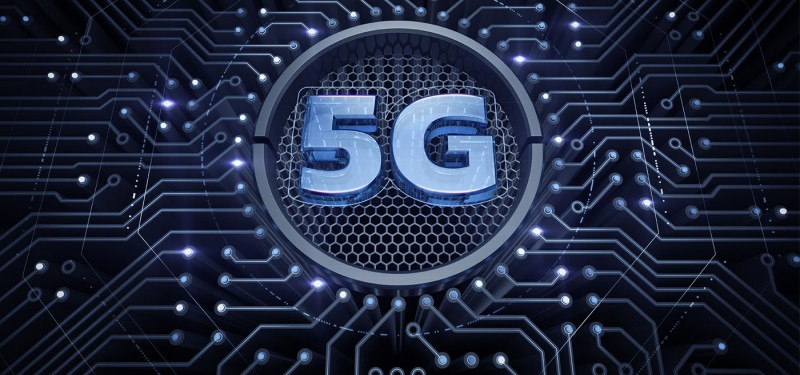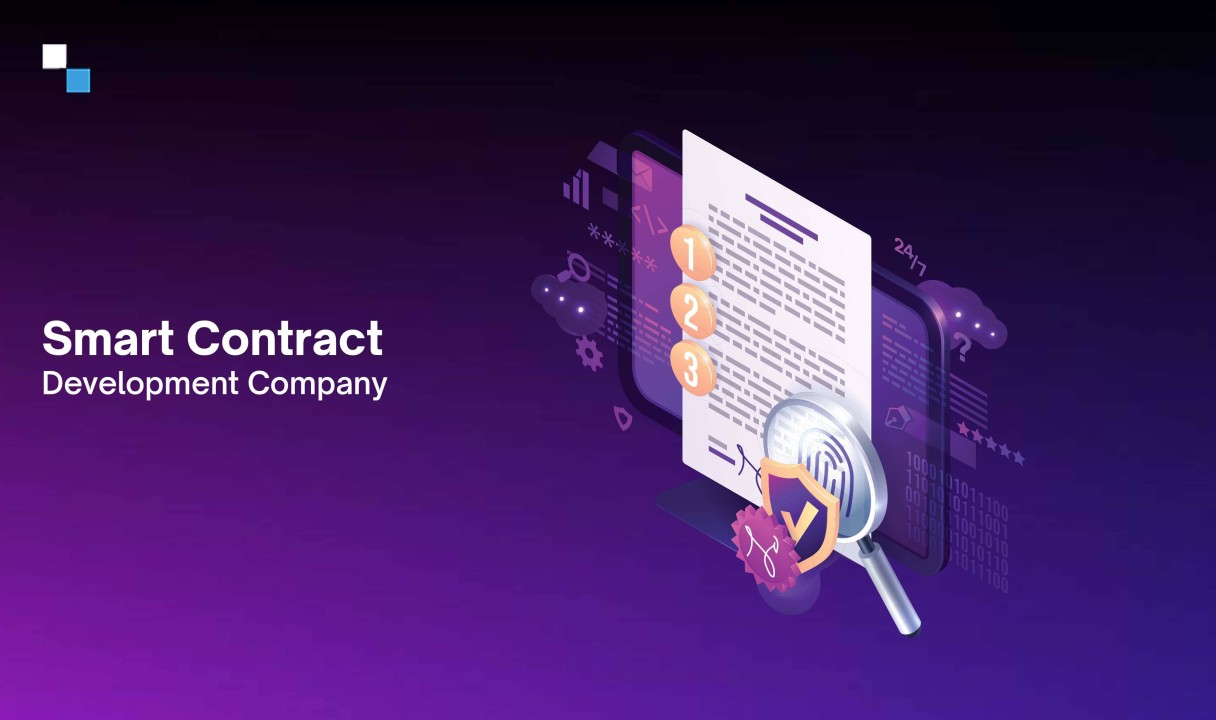In today’s rapidly advancing technological landscape, the Internet of Things (IoT) has emerged as a revolutionary force. At the heart of this innovation are IoT sensors, which play a crucial role in connecting the physical world to the digital realm. These sensors are not just transforming industries but are also enhancing our daily lives in ways we may not even realize.
The Basics of IoT Sensors
IoT sensors are devices designed to collect data from their environment and transmit it to other devices or systems over a network. They come in various types, each tailored for specific applications. For instance, temperature sensors can monitor climate conditions, while motion sensors can detect movement in a given area. These sensors convert physical parameters into digital signals, making it possible for devices to interpret and act upon this data.
The Technology Behind IoT Sensors
At their core, IoT sensors rely on a combination of hardware and software to function. The hardware typically includes a sensing element, which detects specific environmental conditions, and a communication module, which transmits the collected data. The software component processes this data, ensuring that it is accurate and meaningful before sending it to other systems.
One of the key technological advances in IoT sensors is their ability to operate with minimal energy consumption. Many sensors are designed to be highly efficient, using low power or energy-harvesting techniques to extend their operational lifespan. This is crucial for applications where sensors are deployed in remote or inaccessible locations.
Applications Across Industries
The versatility of IoT sensors is evident in their wide range of applications across various industries. In healthcare, wearable sensors monitor vital signs and track patient health metrics in real-time, allowing for more personalized and proactive care. In agriculture, soil moisture sensors help farmers optimize irrigation, reducing water waste and improving crop yields.
In the manufacturing sector, IoT sensors are used for predictive maintenance. By continuously monitoring machinery, these sensors can detect anomalies and predict potential failures before they occur, minimizing downtime and repair costs. Similarly, in smart cities, sensors are used to manage traffic flow, monitor air quality, and even control street lighting, all contributing to a more efficient and sustainable urban environment.
Challenges and Considerations
Despite their many benefits, IoT sensors come with their own set of challenges. One significant issue is data security. With sensors collecting vast amounts of data, it is crucial to implement robust security measures to protect this information from unauthorized access and potential breaches. Encryption and secure communication protocols are essential to safeguarding sensitive data.
Another challenge is the interoperability of sensors from different manufacturers. As IoT ecosystems grow, ensuring that sensors from various sources can work together seamlessly is vital for achieving the full potential of connected systems. Standardization and compatibility are key factors in overcoming this hurdle.
Additionally, the sheer volume of data generated by IoT sensors can be overwhelming. Efficient data management and analytics tools are needed to process and interpret this information effectively. Without proper data handling, the potential benefits of IoT sensors could be diminished.
The Future of IoT Sensors
Looking ahead, the future of IoT sensors is poised for significant advancements. Emerging technologies such as 6G networks promise to enhance the capabilities of these sensors, offering faster data transmission and more reliable connectivity. Innovations in sensor technology itself, including more sensitive and versatile sensors, will further expand their applications.
Moreover, the integration of artificial intelligence (AI) with IoT sensors is expected to drive new developments. AI can analyze the data collected by sensors in real-time, providing deeper insights and enabling more intelligent decision-making processes. This synergy between AI and IoT sensors will likely lead to more advanced and automated systems across various sectors.
Conclusion
IoT sensors are integral to the ongoing digital transformation, bridging the gap between the physical and digital worlds. Their ability to collect, transmit, and process data is driving innovation and efficiency across a multitude of industries. While there are challenges to address, the continued evolution of sensor technology and its integration with emerging trends will undoubtedly shape a more connected and intelligent future.
